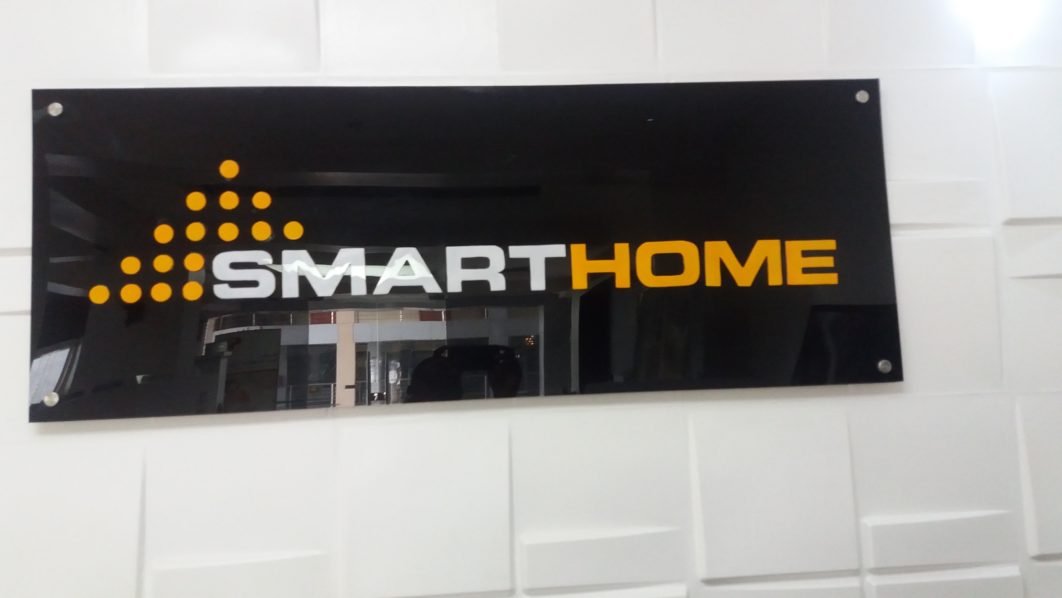The internet is widely embraced as the frontier of everything hot, new, and forward-thinking, so it’s surprising that five internet myths persist to undermine optimization of search results.
Do you consider yourself and your practice or brokerage among the leaders in online marketing? If so, you will have dealt with the following five Google SEO myths. If not, it’s time you did.
Myth #1: Keyword searches scour the internet.
When you enter a Google search, Google technology scours the internet—that’s billions of websites and billions of blogs—to quickly discover the exact information needed.
Reality #1: When you key in a Google search, Google technology—that’s Googlebot, a program based on alogrithm coding—does not instantly search through every website and blog across the internet to tease out the information you need. Instead, Google has created the Google index which Googlebot continually updates. The index—Google’s digested, condensed version of the internet—is searched to arrive at relevant content to display on the search page. Websites, blogs, and updates not included in the index are not searched.
Your Reality: Why are you sure the most up-to-date version of your website, blog, or other online content is in the index waiting to be retrieved in a search?
Myth #2: You’ve built it and they will come.
Once your website, blog, or other online content are posted on the internet, the work is done. Target buyers, sellers, mortgage borrowers, or other prospects will search out your content and act on it.
Reality #2: Posting great content as a website, blog, or in any other form, including title tags and ALT attributes, does not guarantee Googlebot will find it or even search it out. Googlebot uses a large number of computers from around the world to “fetch” or “crawl” billions of pages. Through this ongoing procedure, new and updated content is continuously added to the Google index. For your website to rank well in search results, Googlebot must crawl and index it, using more than 200 ranking factors to determine search relevancy. But not everything new or updated is automatically crawled and added to the index.
Google explains crawling as follows:
“Google’s crawl process begins with a list of web page URLs, generated from previous crawl processes, and augmented with Sitemap data provided by webmasters. As Googlebot visits each of these websites, it detects links on each page and adds them to its list of pages to crawl. New sites, changes to existing sites, and dead links are noted and used to update the Google index.”
Your Reality: How have you prepared your website or blog to rank well for the ranking factors, including keywords and relevant content that your target prospects and clients will search for and value?
Myth #3: Search engine optimization or SEO can out smart Googlebot to artifically improve ranking.
SEO involves a series of technical “tricks” and strategies to fool Googlebot into crawling and ranking your website or blog as #1 or at least on page 1 of the results. This includes paying for keywords, backlinks, and other strategies you hire SEO professionals to implement.
Reality #3: Google has changed the search rules to penalize those who attempt to use trickery or deceit to gain advantage in searches. The focus is now on optimization to favor genuine value for users. Google
stresses that it wants the best experiences for users and so provides practical suggestions for ranking well based on consistently providing the best content and user experiences. SEO represents long-term improvement with professional polish and includes optimizing on many levels, including:
- Use the Google Search Console (originally known as Google Webmaster) and Google’s Webmaster Guidelines to “improve the search presence” of your website(s) and blog(s). You’ll need a free gmail.com email account to access the Console. The first step is to verify your ownership of the “properties,” as Google refers to websites and blogs that you want included in the index. Google walks you through this relatively simple process.
- To ensure Googlebot can access your webpages include all versions (www, non-www, https) of each property and select one version as the preference.
- Submit an XML sitemap for each website and blogb to make their presence known to Googlebot. Only having an HTML sitemap will e seen as an error. XML sitemap generator (many are free) allow you to plug in your URL and automatically receive the desired XML sitemap file.
Myth #4: A website is a website.
Reality #4: Google has established two main categories of sites: one Google loves, the other it increasingly ignores. The world has moved to mobile computing and Google has shifted the focus of its search function to mobile phones in a coding style referred to as responsive. As I reported in an earlier Realty Times article* “Google-recommended Responsive Web Design is the most common method of achieving mobile-friendly web pages configured to look great on the small screens of smartphones and other mobile devices. Responsive uses computer code that responds differently to different screen sizes, but ensures page displays remain similar and readable on any mobile device.”
Your Reality: Give top priority to going responsive or the rest of your efforts may be of little value.
Myth #5: Google is the only search engine that matters.
Reality #5: Google is the best known of a mind-boggling host of search engines. According to to the target=”_blank”>Search Engine Journal, Google represents about two thirds of search engine market share in the US and worldwide. If your target market prefers to take a more specific search path, you may benefit from exploring beyond Google.
Your Reality: You’ll go through a similiar “improve the search presence” process for search engines like Bing, Yahoo…
What’s your myth-free reality?
- Can Google and the other search engines find your website(s) and blog(s)?
- Once they do, will the search engines discover high quality, error-free, useful content relevant to keyword searches that mirror your value to target prospects and clients?
- Who is going to make sure you keep up with Google’s ever-changing search engine dynamics and standards?
- Would your target prospects and clients benefit from this professional insight into online success?
For more on responsive web design, visit PJ’s blog whatsyourpoint.mobi and check out “Are Your Responsive?”
[ad_2]
link


